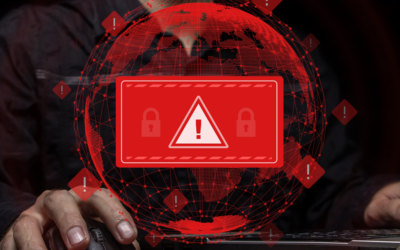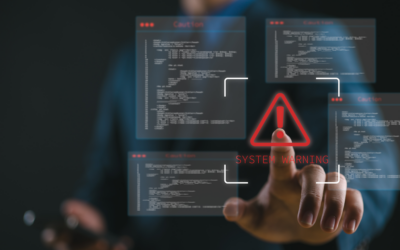Optiv has published its “2024 Threat and Risk Management Report“, which examines how organizations’ cybersecurity investments and governance priorities are keeping up with the evolving threat landscape.
Based on an independent Ponemon Institute survey, the report reveals a 59% increase in cyber budgets year-over-year. Additionally, 63% of organizations with more than 5,000 employees had an average of $26 million allocated to cybersecurity investments in 2024.
Key Takeaways
The report shows a significant rise in data breaches and security incidents, with 61% of respondents experiencing a data breach or cybersecurity incident in the past two years, and 55% of respondents experiencing four or more incidents in that timeframe. These numbers highlight the urgent need for organizations to further prioritize cybersecurity investments and strategies.
Read More: Growing Cybercrime and New Regulations Fuel CISO Burnout
Additional key findings include:
- Security Tool Overload — While organizations are investing in more technologies, 40% of respondents believe they have too many, hindering overall effectiveness. By contrast, only 29% feel that they have the right number of tools. This underscores the need for a strategic approach to cybersecurity investment, focusing on streamlining existing tools and ensuring a seamless technology stack integration.
- Top Investment Areas — The top three areas of investment for 2024 cybersecurity budgets are internal security assessments (60%), identity and access management (IAM) programs (58%) and the acquisition of additional cybersecurity tools (51%).
- Lack of Formal Budgeting Practices — Despite increasing budgets, only 36% of respondents have a formal approach to determining cybersecurity budgets. This lack of formal budgeting practices can lead to inefficiencies and missed opportunities to address critical security gaps.
- Rising SOAR Adoption — The use of security orchestration automation and response (SOAR) technology is increasing, with 73% of respondents leveraging SOAR to automate incident response activities. This automation can help security teams respond more efficiently to threats.
Artificial intelligence (AI) and machine learning (ML) capabilities are another growing focal area for cybersecurity organizations looking for ways to accelerate their threat detection, prevention and process automation capabilities to keep up with threat actors who are also using these tools.
More companies are leveraging AI in the form of use and prevention:
- 44% of respondents use AI/ML to prevent cyberattacks
- 35% purchased use-case specific tools
- 31% use existing tools
- 34 use automated processes and audits
Read More: Top 3 Reasons Companies Are Revising Their Cybersecurity Plans
Optiv’s report delves deeper into best practices employed by high-performing organizations, offering valuable insights for those seeking to strengthen their cyber defenses. It also explores additional challenges, such as the inconsistency of cybersecurity incident response plans (CSIRPs), navigating cyber insurance/governance requirements and the need for improved communication of cybersecurity risks to senior management.
On Record
In a recent quote, Jason Lewkowicz, executive vice president and chief services officer at Optiv, said, “Cyber incidents are not slowing down, which means organizations must work at a speed above those of the threat actors attacking their environments. As we see security budgets increasing, many organizations are also recognizing the need to make smart investments in process and governance assessments to ensure compliance. Establishing a more consistent, strategic approach to security technology, process and people management will be essential for organizational risk management and resilience.”
Dr. Larry Ponemon, chairman and founder of the Ponemon Institute, added, “Our independent research for Optiv reveals the positive steps organizations are taking to reduce risk, while also addressing the challenges they face in the evolving cyber threat landscape. Part of the complexity organizations continue to face in dealing with threats is due to the number of ineffective technology tools. Recognizing this, IT professionals and senior leadership are becoming more cognizant of the importance in strengthening their security posture, resulting in the increase of cybersecurity budgets and allocating funds based on proven effectiveness in reducing security incidents.”




